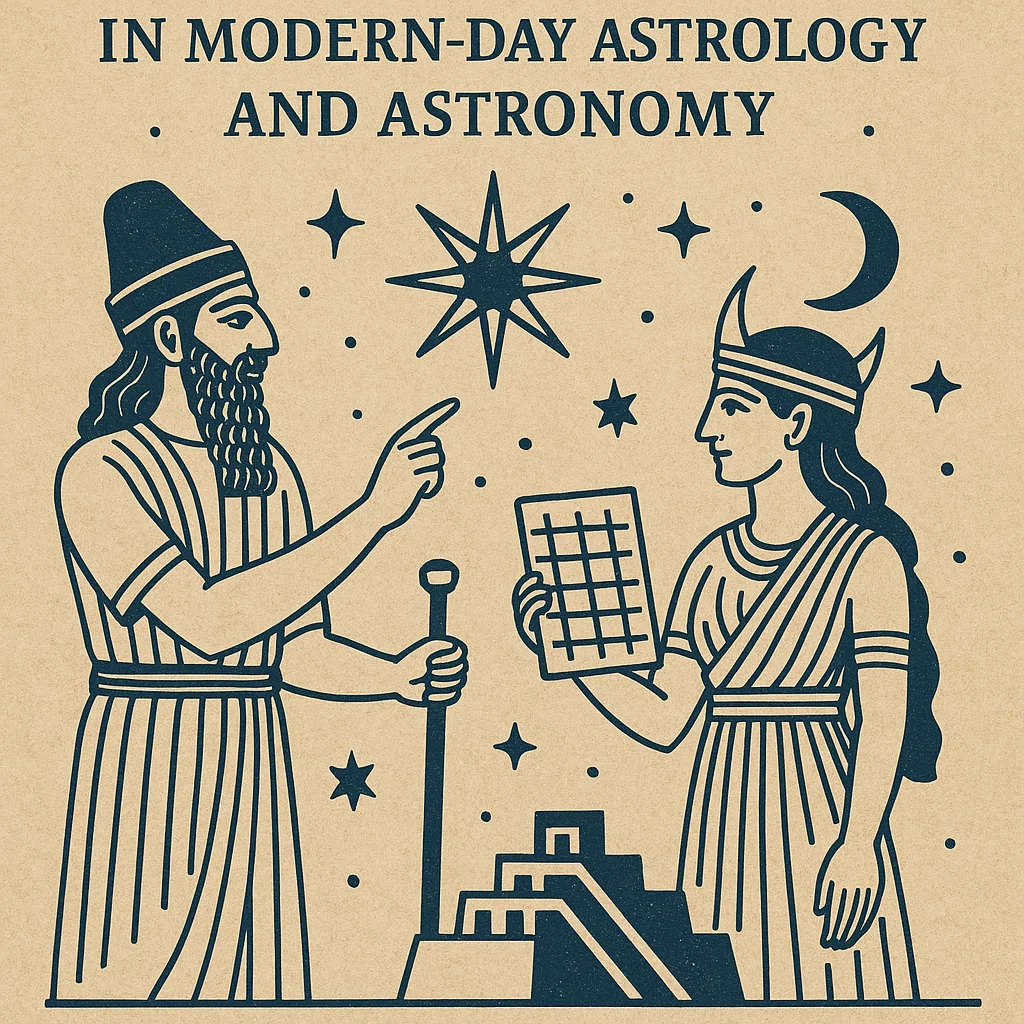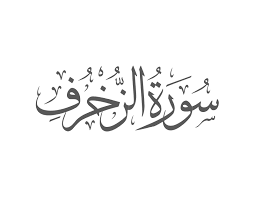Surah Ad-Dukhan, meaning “The Smoke,” is the 44th surah of the Qur’an, consisting of 59 verses. It is a Makkan surah, revealed during a period of intense opposition faced by the Prophet Muhammad ﷺ. The surah derives its name from the mention of a mysterious smoke (dukhan) in verse 10, a sign of divine punishment and a warning to disbelievers who mocked revelation.
The surah unfolds in a tone that is both majestic and alarming, weaving together cosmic phenomena, historical narratives, and eschatological scenes. It challenges human arrogance, reminding mankind of the fragility of worldly power and the inevitability of divine judgment.
Key themes include:
- The Qur’an as a clear revelation and source of guidance.
- The prophecy of “the smoke” as a sign of divine warning.
- The fate of arrogant nations like Pharaoh’s people.
- The certainty of resurrection, reward, and punishment.
- The distinction between temporary worldly life and the eternal Hereafter.
At its core, Surah Ad-Dukhan serves as both a warning and a mercy: a warning to those who persist in disbelief and arrogance, and a mercy for those who awaken to reflection, repentance, and spiritual clarity.
Themes and Structure of Surah Ad-Dukhan
1. The Qur’an as a Clear Revelation
- Verses 1–6 “By the clear Book, indeed We revealed it during a blessed night. Surely, We are ever warning. In it is made distinct every matter of wisdom.”
- Theme: The surah opens by affirming the Qur’an as a clear, divinely revealed guidance. The “blessed night” is understood as Laylat al-Qadr, when destinies are decreed. This section highlights the Qur’an’s authority and purpose: to warn, guide, and offer wisdom.
2. The Prophecy of “The Smoke”
- Verses 10–16 “So watch for the Day when the sky will bring a visible smoke covering the people. This will be a painful torment.”
- Theme: The “smoke” serves as a divine sign and punishment for the disbelievers of Makkah who mocked revelation. Commentators link it to famine during the Prophet’s time, or to an eschatological event near the end of times. This dual layer underscores both immediate and future accountability.
3. Historical Lessons from Pharaoh and Moses
- Verses 17–33 “And We certainly tried before them the people of Pharaoh, and there came to them a noble messenger.”
- Theme: The story of Moses (Musa) and Pharaoh is retold as a warning to the Quraysh. Pharaoh’s arrogance, rejection of truth, and eventual destruction stand as a reminder of what happens when power blinds rulers to divine guidance. Believers are reminded that divine support always accompanies the oppressed.
4. The Temporary Nature of Worldly Life
- Verses 34–37 “Indeed, these people will say, ‘There is nothing but our first death, and we will not be resurrected.’”
- Theme: The Quraysh’s denial of resurrection reflects a wider human tendency to cling to worldly life while dismissing the Hereafter. This section exposes the emptiness of such beliefs, affirming that life and death are in Allah’s hands.
5. Scenes of the Hereafter
- Verses 38–57 “Indeed, the Day of Decision is the appointed time for them all.”
“Indeed, the tree of Zaqqoom will be the food of the sinful.” - Theme: A vivid contrast is drawn between the punishment of the disbelievers and the reward of the righteous. The torment of Hell includes eating from the tree of Zaqqoom, while the bliss of Paradise is described as gardens, rivers, and protection from fear or grief.
6. Final Reminder and Warning
- Verses 58–59 “So We have only made it easy in your tongue so they might take heed. So watch; indeed, they are watching.”
- Theme: The Qur’an is presented as an accessible message in clear Arabic, leaving no excuse for denial. The Prophet ﷺ is consoled that his duty is to convey, while the disbelievers’ rejection will eventually lead to their downfall.
Scientific Insights in Surah Ad-Dukhan
1. The Concept of Smoke in the Sky
- Verse 10: “So watch for the Day when the sky will bring a visible smoke covering the people.”
- Insight: Smoke (dukhan) is linked to air pollution, volcanic ash, cosmic dust, or future atmospheric disturbances. Modern science acknowledges that large-scale smoke or atmospheric particles can drastically alter life on Earth—blocking sunlight, disrupting climate, and causing famine. The Qur’an highlights this destructive reality over 1,400 years ago.
2. The Blessed Night and Decreed Matters
- Verses 3–4: “Indeed, We revealed it during a blessed night… on that night is made distinct every precise matter.”
- Insight: This verse aligns with the idea of cosmic order and destiny being tied to natural cycles. Modern astronomy confirms that celestial patterns—like lunar phases, planetary movements, and cosmic timing—play a role in timekeeping and seasonal regulation. The Qur’an situates divine decree within this cosmic framework.
3. Water as Life’s Essential Source
- Verse 25: In recalling Pharaoh’s destruction, the Qur’an mentions rivers and gardens.
- Insight: The imagery emphasizes water as a foundation of life and prosperity. Science confirms that every civilization depends on water systems for survival, agriculture, and economy. Pharaoh’s wealth was tied to the Nile, underscoring the same principle.
4. Life and Death Beyond Human Control
- Verse 35: “They say, ‘There is nothing but our first death, and we will not be resurrected.’”
- Insight: The denial of resurrection reflects human limitation in explaining life and death. Today, science still cannot define the essence of life or explain consciousness fully. The Qur’an highlights this gap—human knowledge about existence remains partial, while divine knowledge is complete.
5. Fire, Food, and Punishment
- Verses 43–46: “Indeed, the tree of Zaqqoom will be the food of the sinful… like molten copper, boiling within the bellies.”
- Insight: The imagery of burning, molten material, and internal torment parallels physical phenomena known in volcanology and metallurgy. The description mirrors how extreme heat and toxic substances cause destruction—scientifically consistent with the idea of punishment through fire.
6. Contrast of Ecosystems: Hell and Paradise
- Verses 51–57: “Indeed, the righteous will be in a secure place among gardens and springs…”
- Insight: The Qur’an contrasts barren destruction with lush ecosystems. Science shows that healthy ecosystems (water, greenery, shade, balance) are vital for survival, well-being, and joy. The parallel highlights Paradise as the perfected form of what humans value in earthly life.
Wisdom and Life Lessons from Surah Ad-Dukhan
1. Revelation is a Mercy, Not a Burden
- Verses 1–6: The Qur’an was revealed on a blessed night to guide humanity.
- Lesson: Guidance is a gift. People often see divine rules as restrictions, but in reality, they are protection and clarity in a world full of uncertainty.
2. Worldly Power Cannot Protect from Divine Justice
- Verses 17–33: The story of Pharaoh and his downfall.
- Lesson: Arrogance and oppression, no matter how powerful, collapse under divine justice. True strength lies in humility and obedience, not in armies or wealth.
3. Worldly Life is Fleeting
- Verses 34–37: The deniers of resurrection claim life ends with death.
- Lesson: Obsession with worldly life blinds people to the eternal reality. Recognizing the temporary nature of this world prevents despair in hardship and arrogance in success.
4. Every Action Has Consequences
- Verses 38–50: The punishments of Hell—zaqqoom tree, boiling torment, and humiliation.
- Lesson: Life is not random. Every choice—good or evil—creates consequences that unfold in this world and the next. Responsibility cannot be escaped.
5. Hope for the Righteous
- Verses 51–57: Paradise described as gardens, rivers, and safety.
- Lesson: Believers are not left to despair in warnings of Hell. The promise of security, joy, and freedom from fear reminds us that striving in faith leads to ultimate peace.
6. The Qur’an Speaks in Clarity
- Verses 58–59: “We have only made it easy in your tongue so they might take heed.”
- Lesson: The Qur’an is not hidden or inaccessible—it is made clear for reflection. The barrier is not the text, but human arrogance or neglect.
Shocking Questions and Answers from Surah Ad-Dukhan
1. How did the Qur’an mention “smoke filling the sky” 1,400 years ago?
- Verse 10: “So watch for the Day when the sky will bring a visible smoke covering the people.”
- Shocking Point: In the 7th century, no one imagined atmospheric smoke as a global phenomenon. Today, we know about air pollution, volcanic ash, nuclear smoke clouds, and cosmic dust—all capable of darkening skies and suffocating life. The Qur’an’s imagery perfectly aligns with modern realities.
2. How could the Qur’an describe destiny linked to cosmic timing?
- Verses 3–4: “Indeed, We revealed it during a blessed night… on that night is made distinct every precise matter.”
- Shocking Point: Ancient people marked time loosely by seasons and moons. Modern astronomy shows the universe follows precise laws and timing. The Qur’an hinted that decrees and cosmic events unfold with exact precision—knowledge far beyond human awareness at the time.
3. How did the Qur’an connect wealth and water systems to power?
- Verses 25–33: Pharaoh’s gardens, rivers, and luxury mentioned before his downfall.
- Shocking Point: Civilizations rise where water flows. Science and history confirm that great empires (Egypt, Mesopotamia, Indus Valley) thrived on rivers. The Qur’an captures this principle directly: Pharaoh’s might was built on the Nile, yet it couldn’t save him.
4. How did the Qur’an describe food like molten copper in Hell?
- Verses 43–46: “Indeed, the tree of Zaqqoom… like molten copper, boiling within the bellies.”
- Shocking Point: The description of toxic, burning, corrosive matter inside the human body reads like a modern understanding of consuming acid or molten metal. The Qur’an used imagery unknown to 7th-century Arabs but terrifyingly accurate in its science of heat and toxicity.
5. How did the Qur’an address the mystery of life and death?
- Verse 35: “They say, ‘There is nothing but our first death, and we will not be resurrected.’”
- Shocking Point: Even with today’s science, consciousness and life itself remain unexplained. Medicine can describe physical death but cannot explain the spark of life. The Qur’an exposed human arrogance in denying resurrection long before science admitted its own limits.
6. How could the Qur’an speak of clear accessibility when other scriptures were locked in elite control?
- Verses 58–59: “We have only made it easy in your tongue so they might take heed.”
- Shocking Point: At a time when religious texts were monopolized by priests and scholars, the Qur’an was revealed in plain, clear Arabic for everyone. This “open access” model mirrors today’s demand for universal knowledge centuries before it became a global principle.
Reflection
Surah Ad-Dukhan shocks with its scientific foresight, historical precision, and psychological depth. From cosmic smoke to human destiny, from Pharaoh’s downfall to the mysteries of life, the surah reads less like a 7th-century text and more like a timeless manifesto of truth.
Conclusion
Surah Ad-Dukhan (The Smoke) is a powerful reminder of divine authority, human frailty, and the eternal divide between truth and falsehood. Across its 59 verses, the surah weaves cosmic signs, historical lessons, and vivid scenes of the Hereafter into one continuous warning for those who ignore revelation and a comfort for those who embrace it.
The prophecy of “the smoke” stands out as both an immediate sign for the Quraysh and a universal warning about the fragility of life on Earth. The account of Pharaoh highlights how wealth, rivers, and worldly might cannot shield tyrants from divine justice. The descriptions of Hellfire and Paradise draw a stark contrast between the fates of arrogance and humility, disbelief and faith.
Scientifically, the surah astonishes with references that resonate with modern understanding: smoke in the sky affecting life, water as the root of civilizations, cosmic order linked to destiny, and even the limitations of human knowledge about life and death. Spiritually, it teaches that arrogance blinds, while reflection and humility illuminate the path to salvation.
At its heart, Surah Ad-Dukhan is not just about destruction—it is about clarity. It closes by reminding that the Qur’an is made clear and easy for reflection, removing excuses and placing responsibility on every individual.
The message is timeless: the world and its power are fleeting, but divine guidance and the Hereafter remain eternal. Those who heed the signs secure peace and mercy, while those who turn away face consequences as certain as smoke darkening the sky.










